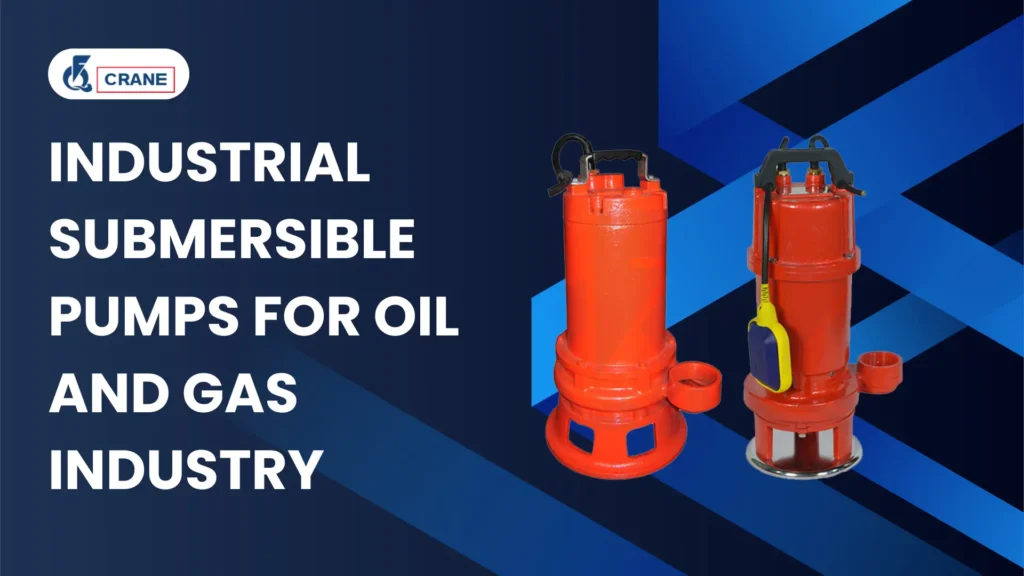Industrial submersible pumps usually sealed against water infiltration into their casings and made of hardened metals resistant to corrosive agents.
The oil and gas industry finds applications in submersible pumps, which are applied in drilling, production, and processing.
They are applied for the flow of drilling fluids and extraction processes while regulating crude oil and other hydrocarbon flows.
In fact, their contribution to efficiently transferring those fluids goes a long way toward productivity and safety in this very important industry.
This blog tries to explain in simple, understandable terms what an industrial submersible pump is and its relationship with the oil and gas industry.
Segmentation of a rather complex concept ensues as we try to bring understanding to all parties, from the engineer through to the project manager and decision-maker, on the value proposition these pumps have, thereby enabling them to make informed purchasing decisions that optimize their operations.
Learn More:
- The Ultimate Guide to Industrial Submersible Pumps
- Oil and Gas Submersible Pumps
- Industrial and Commercial Submersible Pumps
Offshore and Onshore Drilling
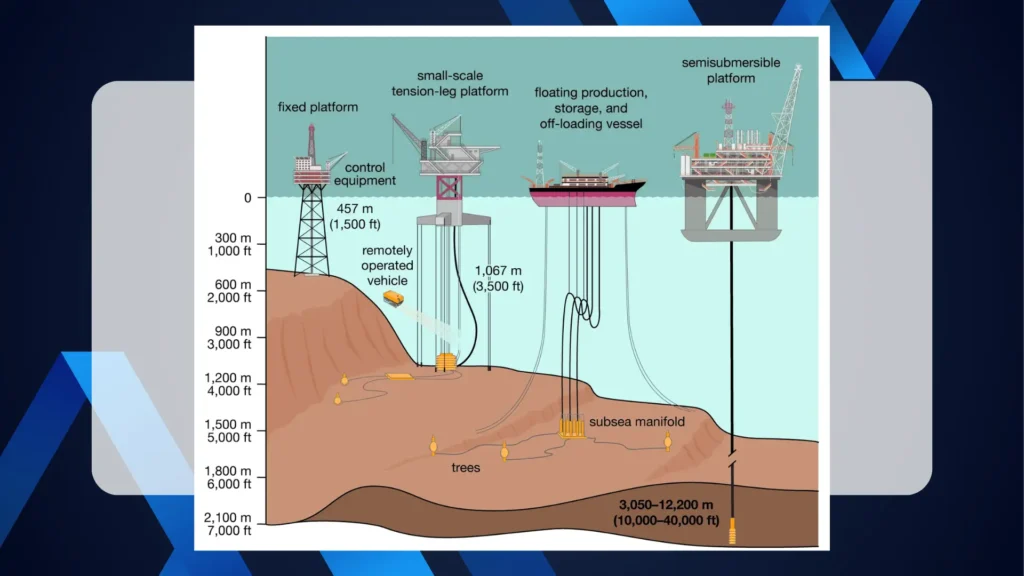
Offshore vs. Onshore
While both offshore and onshore drilling use submersible pumps serving the same purpose, environments are completely different.
While in the case of offshore, pumps need to be engineered for harsh conditions such as saltwater corrosion and extreme weather conditions, inshore pumps must be suitable for varying geological structures and temperatures.
Understanding this difference is relevant when it comes to finding the right pump for each application.
Features Required for Effective Performance
Among others, a few cardinal features that such a pump needs to have for it to carry out effective operations in drilling include high durability for wear and tear, efficient flow rates to handle large volumes of fluid, and advanced sealing technologies against leaks.
Pumps should also provide variable speed to optimize operation according to specific conditions of drilling, which enhances general performance.
Refining and Processing Operations
Importance of Submersible Pumps in Refining Processes
Submersible pumps are very essential in petroleum refining processes.
Many of the steps involved need to transfer crude oil and other liquids.
It ensures continuity of such liquids from one tank to another and separators, among other equipment, for operational efficiency without leakage or spillage.
Types of Fluids Handled and Their Properties
Submersible pumps, therefore deal with a variety of fluids in different refining processes, ranging from crude oil, natural gas liquids to various chemical mixtures.
All these differ in their basic properties such as viscosity, density, and temperature-all affecting the design and operation of the pump.
These properties are to be well comprehended by operators in order for them to select the right type of pump for the job at hand.
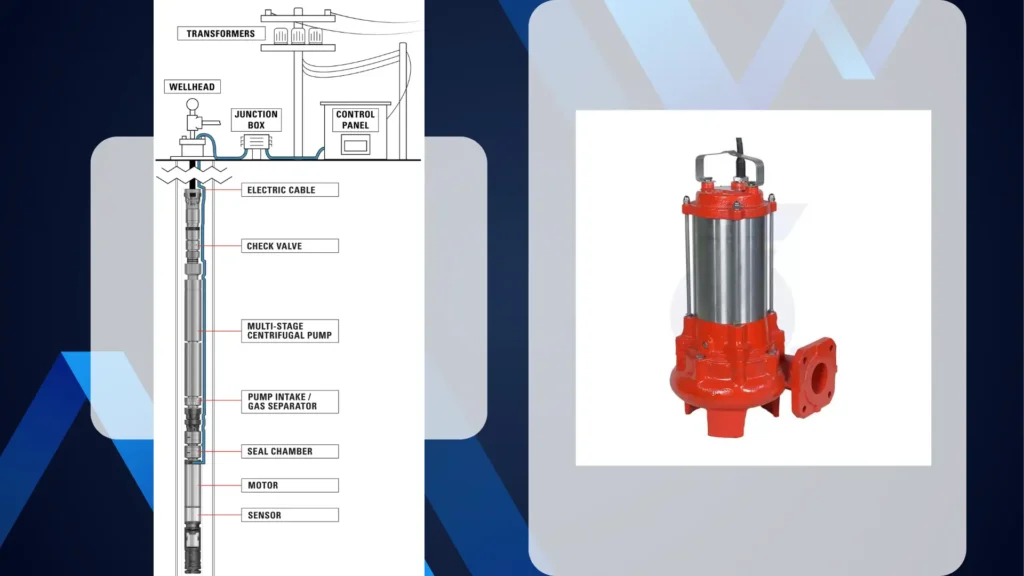
Integration with Other Equipment in Processing Plants
Submersible pumps do not exist by themselves but form part of a system that consists of separators, compressors, and storage tanks.
Their integrating ability into this other equipment is crucial in laying down and optimizing the operation.
A well-set system is helpful in saving a lot in terms of costs and making refining safer.
Enhanced Oil Recovery Techniques
Overview of EOR Techniques
EOR, in a nutshell, is all those processes that increase, beyond what primary and secondary methods could extract, the crude oil extractable from the reservoir.
Examples include thermal recovery, which involves the application of heat to reduce viscosity; and gas injection, whereby gases such as carbon dioxide are injected into the well to enhance the mobility of oil.
The Contribution of Submersible Pumps towards EOR
In EOR, submersible pumps are an essential component since effective transportation of the fluids and sustaining the required pressure in the reservoir become important.
They help transport injected gases or heated fluids to the extraction site, significantly improving oil recovery rates and making previously unextractable oil economically viable.
Case Studies that Demonstrate Effectiveness
Many case studies are showing the very good performance of submersible pumps in EOR applications.
Advanced deployment of submersible pumps has, in some North Sea projects, demonstrated an increase of production rates up to 30% higher than the rates achieved using traditional means.
These results signify the selection of proper pump technology as a step toward performance optimization in enhanced recovery situations.
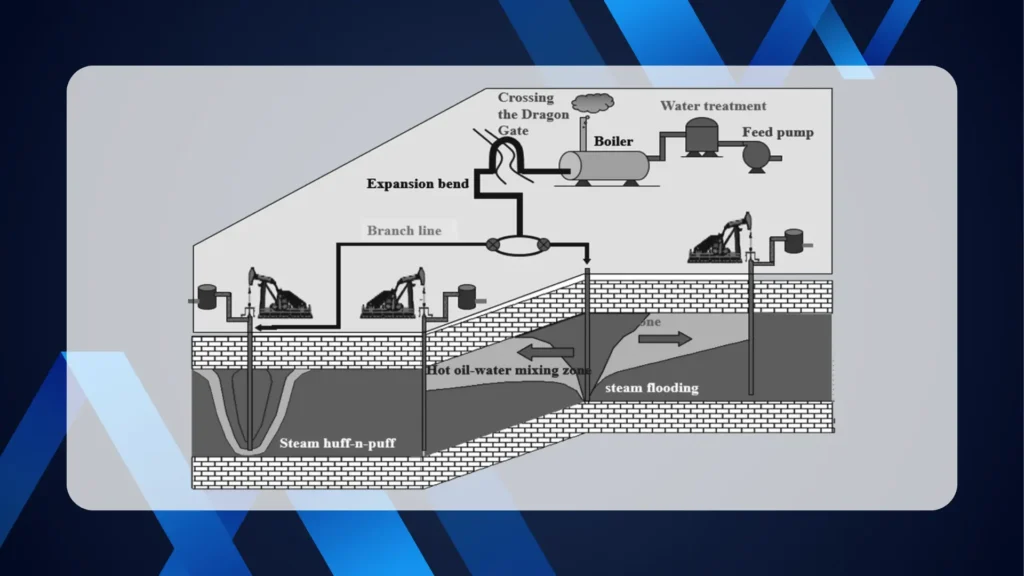
Challenges in Harsh Environments
Description of Harsh Conditions in Oil and Gas Operations
In developing oil and gas resources, activities are often conducted under harsh conditions that vary from deep sea to far remote onshore locations.
Conditions to be met in the process contribute to a high level of difficulty: very bad weather, high pressures, and substances that can corrode equipment easily may negatively affect efficient performance and shorten the lifespan.
Impact of Temperature, Pressure, and Corrosive Substances
These are the very reasons why submersible pumps must be designed with great care to sustain various extreme conditions of temperature, pressure, and other critical factors that could lead to thermal expansion and mechanical stresses, increasing the danger of an equipment breakdown.
Corrosive liquid elements, including saltwater or acidic fluids, will reduce the efficiency of the pumping unit with time.
Need for Specialized Pump Designs
Such demands require special pump designs, which include corrosion-resistant coatings of casings, reinforced construction, and more sophisticated sealing systems to prevent the ingress of harmful substances.
Specific environmental conditions thus elicit great importance in modifying the pump design for reliability and performance.
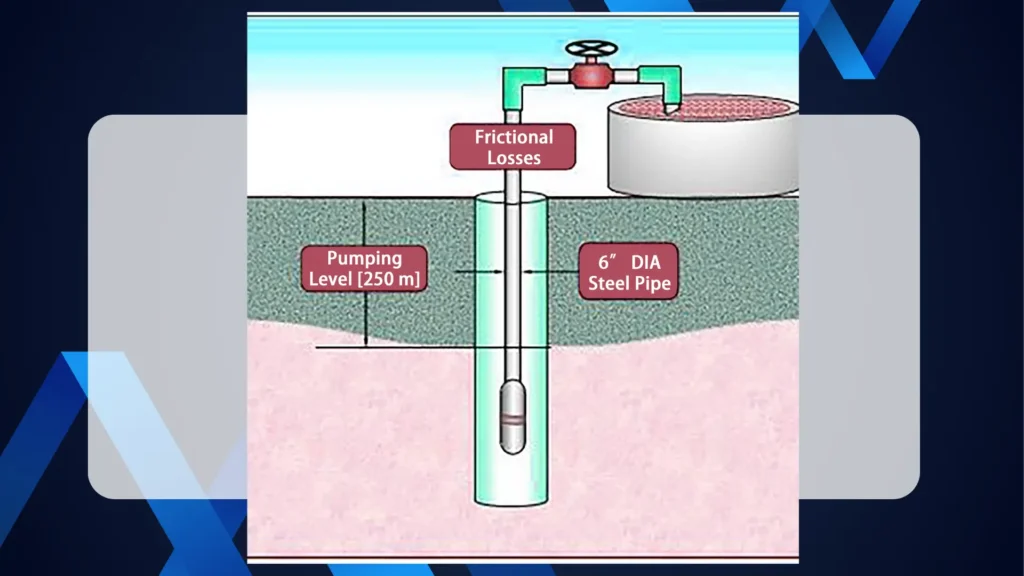
Solutions for Harsh Environments
Materials and Technologies Used in Pump Construction
New submersible pumps are beginning to use high-strength alloys and specialized polymers in their construction.
Fabrication with such materials enables the engineering of pumps for better resistance to corrosion and durability, hence assuring efficient performance under extreme conditions with less frequency of replacement.
Innovations in Submersible Pump Design
Recent advances in the design of pumps include continual improvements in both the realms of efficiency and reliability.
Inventions such as variable speed drives allow for better control over fluid movement, while smart monitoring technologies give the possibility for real-time performance tracking.
Thus, operators can optimize these systems for maximum productivity.
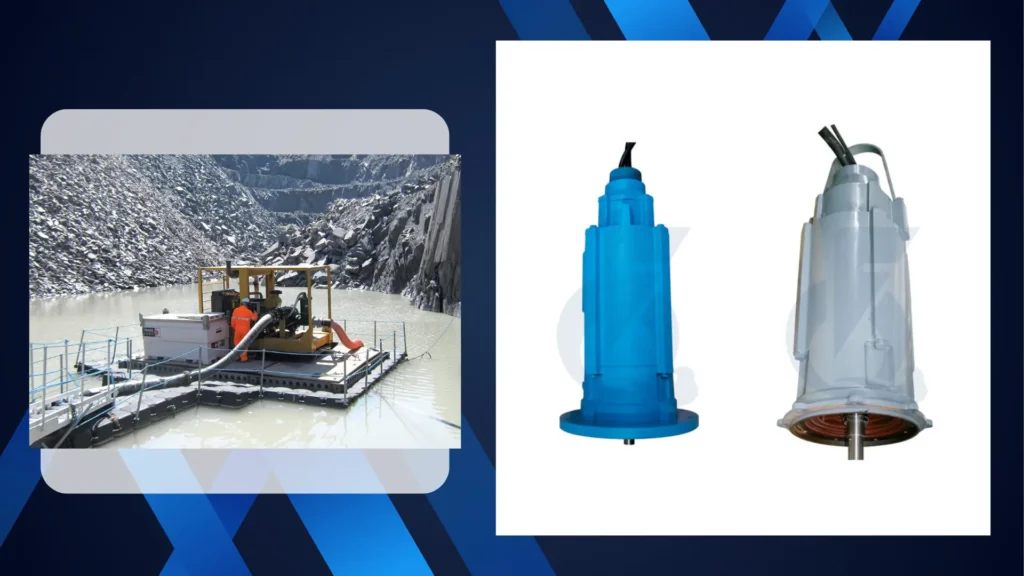
Regulatory Considerations
Overview of Regulations Affecting Use of Pumps
The oil and gas industry is regulated in many respects with regard to equipment use, including submersible pumps.
Regulations exist for safety, environmental concerns, and resource management.
Knowledge of these requirements will be instrumental in compliance and operational success.
Safety and Environmental Standards – Compliance Requirements
Compliance with standards pertains not only to legal obligation but also to improving the reputation and operational efficiency of a company.
In this respect, companies need to keep pace with the changing regulations, and their equipment should be improved to meet all the requirements necessary to avoid penalties and disruptions.
Importance of Adherence to the Best Practices in the Industry
In the light of the above, adherence to the best practices of the industry remains cardinal for any motive of sustaining performance and safety.
Good practices include guidelines on installation, operations, and maintenance; besides proper training of employees.
With best practices, companies stand to reduce risks and improve their effectiveness of operations.
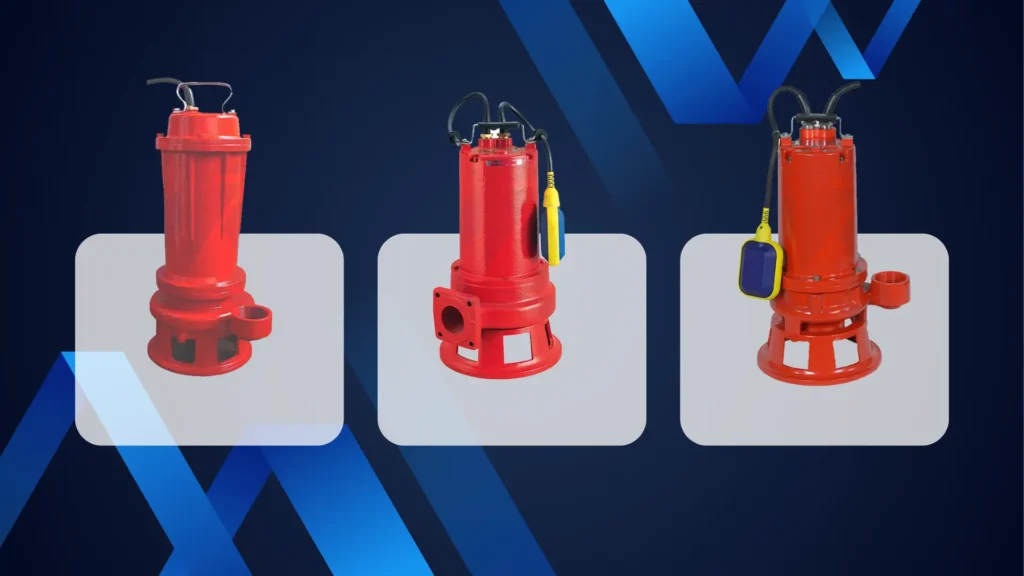
Future Trends in Submersible Pump Technology
New Emerging Technologies and Their Foreseeable Impact
The operation of submersible pumps is about to reach new levels with emerging technologies like the IoT and artificial intelligence.
Such could mean smarter systems that avail data in real time on the performance of pumps for effective management and optimization of the movement of fluids.
Prediction of Changes
In the future, submersible pumps are likely to be even more automated and efficient.
With advances in technology, the pumps themselves will be capable of auto-monitoring and adjusting according to current conditions with limited or no human intervention, further improving overall reliability.
Role of Automation and Digitalization in Pump Operations
In the near future, automation and digitalization will definitely affect how submersible pumps are monitored and controlled.
Smart technologies allow operators to remotely access data for proactive maintenance and fact-based decisions.
All these changes contribute not only to more operational efficiency but also support the path of the industry to sustainable development.
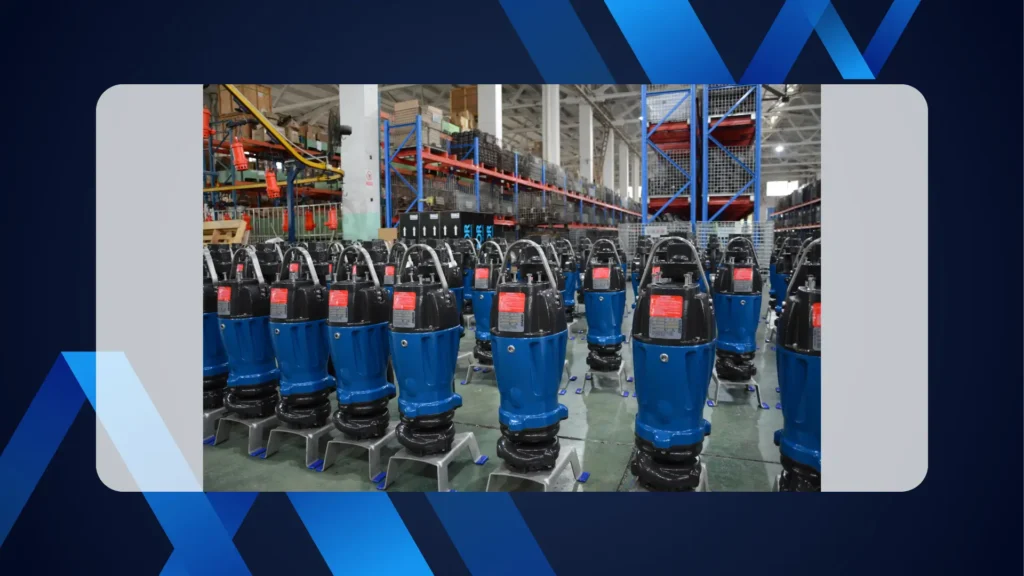
Conclusion
Industrial submersible pumps are highly important in the oil and gas segment, especially for the purpose of drilling, refining, and enhanced oil recovery applications.
Their reliability and effectiveness in operation directly affect the success of the overall job; therefore, this becomes one important investment in the industry.
Therefore, this will make the industry competitiveness challenging; more innovations in pump technology and design need to be embraced.
Companies can surmount these challenges effectively and enhance their operational capabilities with investment in advanced solutions.

